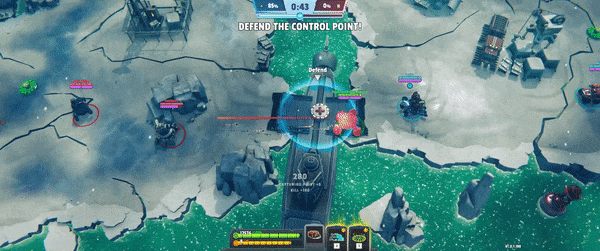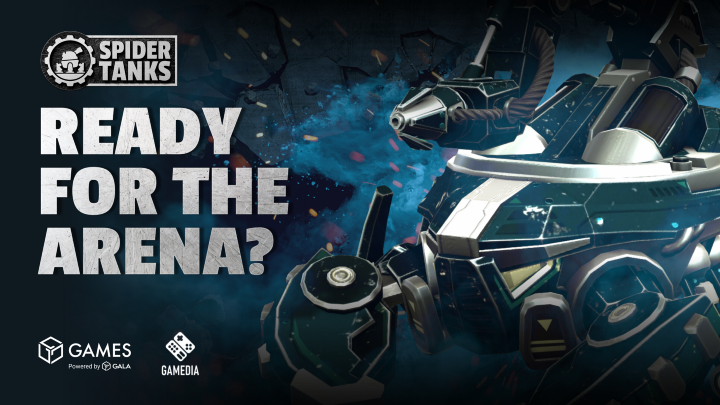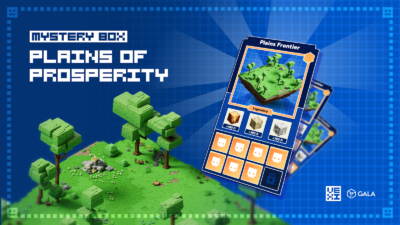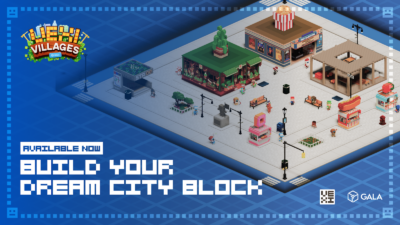Welcome to your final Orientation Course. Today, we’ll tie everything we’ve learned together to help up your game in the arena.
Welcome to our final session of our introductory Pilot Orientation course. We ask that you refrain from arming any more missiles for the remainder of the class, and please withhold airstrikes on fellow Pilots until the lecture has concluded. Thank you for your attention.
Today we’re tying everything from our prior two Pilot Orientation classes together to help you become the best Pilot you can be. We’ll be breaking down how to upgrade and improve your Tanks, as well as how to advance through the ranks and what the benefits of higher ranks are.
At the end of this class, we’ll be diving back into team strategy now that you’ve gotten a crash course in everything else about piloting a Tank. Hopefully this gives you the groundwork for more advanced coursework, and so you can build on your skills with practice to become one of the greatest the arena has ever seen.
Check out the previous editions:
Pilot Orientation 1: Tank build basics
Pilot Orientation 2: Game modes and team composition
Upgrading: Grow Your Power
For Tank owners out there, upgrading your Tank Parts is the best way to get more power in the arena. There’s no reason you can’t go blow some stuff up at level 0, but the explosions will be much more satisfying at level 30.
You can upgrade Weapons and Bodies in the Garage by clicking the “Upgrade” button under any Part. This button will only appear under Tanks that are on Project Gyri rather than in a Treasure Chest or on the Ethereum Network.
Each upgrade cost is dependent on the current level of the Part and its rarity. Every rarity of Tank Part has a Component associated with it. Upgrading each will require the Component for that rarity as well as all those from lower rarities.
- Common — Bolts
- Uncommon — Scrap Metal
- Rare — Chips
- Epic — Hydraulics
- Legendary — Engine
- Ancient — Energy Core
Once any Part reaches level 17, every upgrade after that point will require a slowly increasing Arachnium cost as well.
Every Tank Part has a max level of 30. Each level is upgraded within a range of effectiveness. Though you can see the actual, specific numbers that an upgrade will add on the upgrade interface itself, it also grades the overall upgrade’s quality with a generalized score: Decent, Good, Great, Excellent, Perfect. These are a range it should be noted, so while all Excellent upgrades are better than Great, not all Excellents are equal.
You can reroll each upgrade offered to you using a fraction of the Component costs used for the upgrade itself. The increase to individual stats on an upgrade are all independently randomized, so it’s important to look at every reroll offered in depth. Sometimes, you may want to reroll to get only the best for your Tank, but occasionally you can end up with a great roll on a stat that’s the most important to you, but poor rolls on other stats that you find acceptable. Upgrading at any quality before the next battle is better than no upgrade at all, so prioritizing perfection strategically is important to grind up your Tank to the highest levels.
Outside of destructive power in the arena, the level of your Tank Parts directly influences their potential Victory Points per win. The base Victory Points any Part can win in a given match is determined by that Part’s level and rarity. Level dramatically increases this base amount, which also means that any multipliers applied to it will compound its increase in your overall total Victory Points for each win.
We’ll dive more into the mechanics behind Victory Point calculations in more advanced materials in the future, but here are a few brief examples:
- A Common Body or Weapon has nearly 100x the potential VP per win at level 30 than it does at level 0.
- The same Common part will increase its base VP potential by over 11x from level 0 to 15, though at that point it is still only around 12% at the full potential of a level 30!
- Upgrades cost more Components for an Ancient Part, but only two upgrades from level 28 to 30 for an Ancient Body would increase potential VP per win by around 600%.
- At level 25 an Uncommon Weapon surpasses the potential VP per win of a Rare level 23 Weapon. If upgraded to 25, however, the Rare Weapon would then have around 25% higher potential than the equal level Uncommon Weapon.
In addition to upgrades affecting your base potential VP, each Tank Part is assigned a multiplier based on how close to perfect their upgrades are. The best possible upgrades each time all the way up to level 30 would result in a 2x multiplier applied to your VP from each win. Most Tanks will not have all perfect upgrades and will fall somewhere below this multiplier, depending on how close their upgrades are to mathematically perfect.
Rise to Glory
Through your glorious battles in the arena, you’ll gradually increase your rank– should you win more than you lose that is! As your rank increases you’ll get matched against more difficult opponents, and your potential VPs from each win will increase.
Each Pilot is assigned an Elo score based on their victories and defeats. How much your rank increases or decreases in each match depends heavily on the Elo score of your opponents relative to yours. Winning against lower ranked opponents won’t move you up the rankings as fast as victories against those with rank above yours. Likewise, losing to an enemy with a lower rank than yours will be the most painful for you Elo.
Fun fact: “Elo” is not an acronym, but is rather pronounced like “ē -ˈlō” in English. It was originally designed as a rating system for competitive chess by Hungarian physicist Arpad Elo.
Striving for higher ranks won’t just end you up with harder battles with no extra glory though! In addition to the multiplier assigned by the relative perfection of your upgrades, the VP you earn every battle is also amplified by your rank. This can up your VP multiplier anywhere from nothing to an extra 2x based on your Elo relative to all other players in the game.
Team Tactics: Advanced Course
This will be the final section of our Pilot Orientation. Now that you’ve had a chance to explore all the different game modes and the nuances of upgrading and rank, it’s time to take another look at how a three Tank team adds up to something far greater than the sum of the individuals with good gameplay and strategy.
A great team is one where everyone realizes that they need their allies. Every Tank has different strengths, and working together you can overcome any individual’s weaknesses.

If you regularly play with the same Pilots then you know when they may need some covering fire or a well timed distraction. As you play more matches, you’ll get used to seeing this even in groups with random people. It doesn’t take a prior relationship with a Healing Artillery Titan to know that they’re in trouble when they’re being chased by a Muzzle with a flamethrower. Help your team! You need them in one piece!

Keep in mind the game mode, however. If you’re playing Chicken Chaser and one of your teammates is desperately fleeing two enemies, think about leaving them alone and going back to gathering chickens! Unless that ally has a pile of chickens in their hands, they’re occupying two of the enemy with just one of them. This leaves a lot more chickens and room to wrangle them for your team.
The arena would be too simple if everything was a deathmatch. Some game modes you don’t even have to destroy another Tank ever to win. In modes like Capture the Flag or King of the Hill, it’s much more important to be coordinated with your team and stay strong together than to rack up kills. Enemies respawn, so knocking out one enemy at a time will only do so much, and a divided team is easy for the opponent to pick off.

Don’t forget to watch the movements of your team. Sticking close by each other can be great to exploit enemy weaknesses, but a well placed Grenade or Flamethrower blast will destroy you both. Stay in sync, but be aware of the tools the enemy team has to take advantage of your movements.

Last, don’t forget to communicate with your team. You don’t always have to be in voice chat to communicate clearly. Even just taking a moment at the beginning of a Poultry Pusher match to see who is staying with the payload and who is going to harass can be vital for victory.
Don’t forget, you can always talk to just your team by pressing “Y”!
You’ve Graduated Pilot Orientation
Congratulations. You’ve now made it through our rigorous three day training course, and you’re now fully qualified to battle in the arena with a multi-ton death machine. Please do not fire any chambered ordinance in celebration until the speaker has cleared the stage.
We’ll be back in the future to dive even deeper into the strategy of the arena, but first you’ve got to get out there and learn a thing or two yourself. Every match gives you better insight into the next battle, so get out there and learn! Hop in the driver’s seat and go experience the thrill of victory today.





